It looks like you're using an Ad Blocker.
Please white-list or disable AboveTopSecret.com in your ad-blocking tool.
Thank you.
Some features of ATS will be disabled while you continue to use an ad-blocker.
share:
Well it's getting to be that time of year again, where the constellation of Orion begins
to rise earlier and earlier in the night sky.
Right now, by about 9:30pm at night, Orion will be high enough above the horizon towards the East to see clearly (providing you do not live in the woods like me and have huge pine trees blocking your view).
In this thread, we are going to take a look at one of the most recognized constellations of the world.
-----------------------
Known simply as "Orion" to both the layman on the street and to professional astronomers, this constellation has been well known to humans going back to pre-written history. It is visible from Latitude -75 degrees to +85 degrees during the Northern Hemisphere's Winter and the Southern Hemisphere's Summer.
During the months of May through July, Orion is in the day time sky and can not be seen due to the sun (unless you live in Antarctica, where it is visible briefly during twilight).

Orion covers a large portion of the sky, some 594 square degrees, and while made up of many stars, the seven brightest of the stars are used by most people to identify the constellation. The seven stars give Orion it's distinct "hour glass" shape, and are, by highest magnitude of brightness are:
Rigel at 0.18
Betelgeuse at 0.43
Bellatrix at 1.62
Alnilam at 1.68
Alnitak at 1.7
Saiph at 2.06
Mintaka at 2.23
For those not familiar with how brightness magnitude works: the less positive the number, the brighter the object, the more positive the number, the dimmer the object.
Orion also has some well known objects in it that are not stars:
The Orion nebula (also known as M42) is the most well known and is visible with the naked eye.

The Horse Head nebula (also known as IC 434) is also well known, and located near the "belt" of Orion.

There are actually several nebula located in the Orion constellation, and with a lot of time and patience with a camera (not to mention some good stacking software), one can produce some impressive looking pictures of them all:
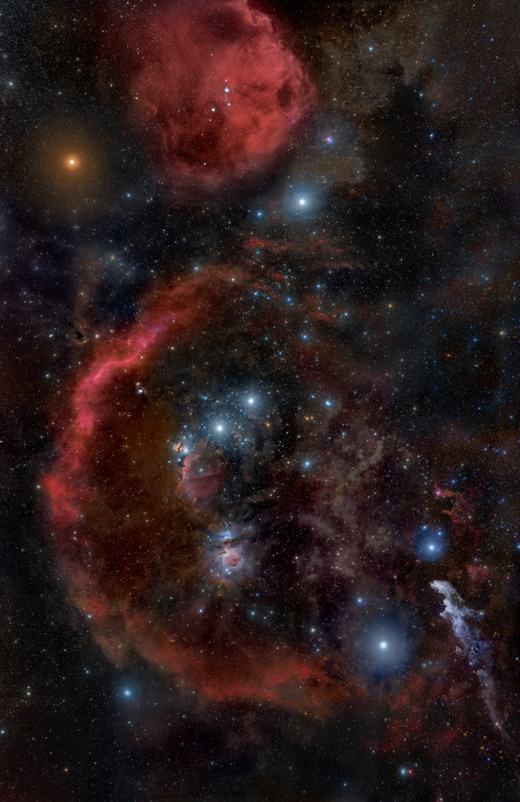
Orion is one of the most photographed constellations in the sky, especially by amateur astrophotographers.
Let us take slightly deeper look at Orion and it's stars.
--------------
Looking at the basic shape of the Orion constellation (the hour glass part), the seven stars that make that shape appear to the naked eye to be fairly close in brightness. To some, it would seem that the stars that make up this part must be all about the same distance from Earth.
Actually, each star, even the three that make up Orion's "Belt", are at varying distances from Earth.
Out of these seven, Bellatrix is actually the closest at 243 lightyears from us. Here's a list of the seven stars again, only we will start with the closest to the furthest:
Bellatrix at 243 lightyears
Betelgeuse at 643 lightyears
Saiph at 724 lightyears
Rigel at 772 lightyears
Alnitak at 800 lightyears
Mintaka at 915 lightyears
Alnilam at 1359 light years
If we were able to change our perspective to well above the Earth by many lightyears, we could look down and Orion's constellation would look like this:
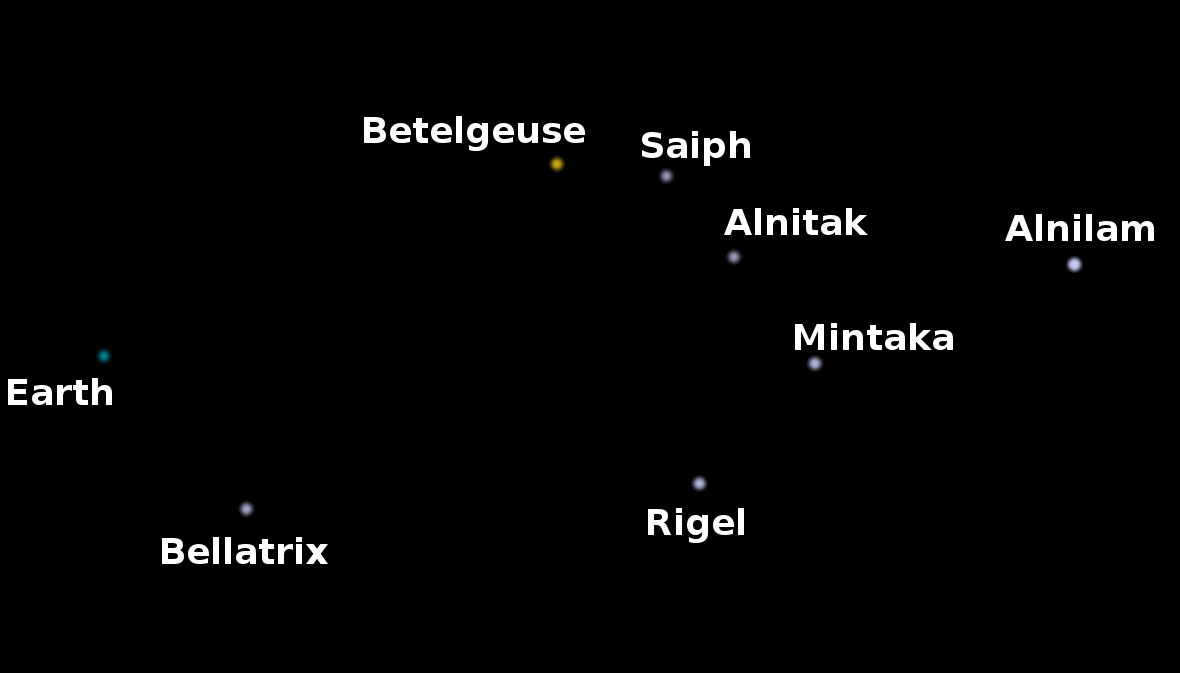
Even the "Belt" stars, Alnitak, Alnilam and Mintaka, that some people think are close together, are actually quite distant from each other.
So why do so many of these stars seem to look close in brightness to our naked eyes?
The answer to that is quite simple. Some of these stars outshine our own sun by many times. The brightest of them (in terms of how luminous it is, not magnitude) is Alnilam at 1,359 lightyears away. It is over 375,000 times brighter than our sun, where as Alnitak, which is closer at 800 lightyears, is about 100,000 times as luminous as our sun.
Speaking stars, how about we break them on down? Let us take a look at each star in the Orion constellation.
-----------------
Right now, by about 9:30pm at night, Orion will be high enough above the horizon towards the East to see clearly (providing you do not live in the woods like me and have huge pine trees blocking your view).
In this thread, we are going to take a look at one of the most recognized constellations of the world.
-----------------------
Known simply as "Orion" to both the layman on the street and to professional astronomers, this constellation has been well known to humans going back to pre-written history. It is visible from Latitude -75 degrees to +85 degrees during the Northern Hemisphere's Winter and the Southern Hemisphere's Summer.
During the months of May through July, Orion is in the day time sky and can not be seen due to the sun (unless you live in Antarctica, where it is visible briefly during twilight).

Orion covers a large portion of the sky, some 594 square degrees, and while made up of many stars, the seven brightest of the stars are used by most people to identify the constellation. The seven stars give Orion it's distinct "hour glass" shape, and are, by highest magnitude of brightness are:
Rigel at 0.18
Betelgeuse at 0.43
Bellatrix at 1.62
Alnilam at 1.68
Alnitak at 1.7
Saiph at 2.06
Mintaka at 2.23
For those not familiar with how brightness magnitude works: the less positive the number, the brighter the object, the more positive the number, the dimmer the object.
Orion also has some well known objects in it that are not stars:
The Orion nebula (also known as M42) is the most well known and is visible with the naked eye.

The Horse Head nebula (also known as IC 434) is also well known, and located near the "belt" of Orion.

There are actually several nebula located in the Orion constellation, and with a lot of time and patience with a camera (not to mention some good stacking software), one can produce some impressive looking pictures of them all:

Orion is one of the most photographed constellations in the sky, especially by amateur astrophotographers.
Let us take slightly deeper look at Orion and it's stars.
--------------
Looking at the basic shape of the Orion constellation (the hour glass part), the seven stars that make that shape appear to the naked eye to be fairly close in brightness. To some, it would seem that the stars that make up this part must be all about the same distance from Earth.
Actually, each star, even the three that make up Orion's "Belt", are at varying distances from Earth.
Out of these seven, Bellatrix is actually the closest at 243 lightyears from us. Here's a list of the seven stars again, only we will start with the closest to the furthest:
Bellatrix at 243 lightyears
Betelgeuse at 643 lightyears
Saiph at 724 lightyears
Rigel at 772 lightyears
Alnitak at 800 lightyears
Mintaka at 915 lightyears
Alnilam at 1359 light years
If we were able to change our perspective to well above the Earth by many lightyears, we could look down and Orion's constellation would look like this:

Even the "Belt" stars, Alnitak, Alnilam and Mintaka, that some people think are close together, are actually quite distant from each other.
So why do so many of these stars seem to look close in brightness to our naked eyes?
The answer to that is quite simple. Some of these stars outshine our own sun by many times. The brightest of them (in terms of how luminous it is, not magnitude) is Alnilam at 1,359 lightyears away. It is over 375,000 times brighter than our sun, where as Alnitak, which is closer at 800 lightyears, is about 100,000 times as luminous as our sun.
Speaking stars, how about we break them on down? Let us take a look at each star in the Orion constellation.
-----------------
edit on 2-12-2013 by eriktheawful because: (no reason given)
edit on 2-12-2013 by eriktheawful because: (no reason
given)
Let us start with Betelgeuse. Most likely one of the most famous of the stars. It is the second brightest star in the constellation, and the 8th
brightest in the sky. It is a "M" class red supergiant star, nearing the end of it's life.
Casting a redish-orange hue, it's very distinct in our constellation as compared to the other stars, due to it's color.
At 643 lightyears away, is has a very large radius compared to our sun. To help give you an idea of how big it is, (most common measurement is 667 solar radii), here is a picture of our solar system with the sun:
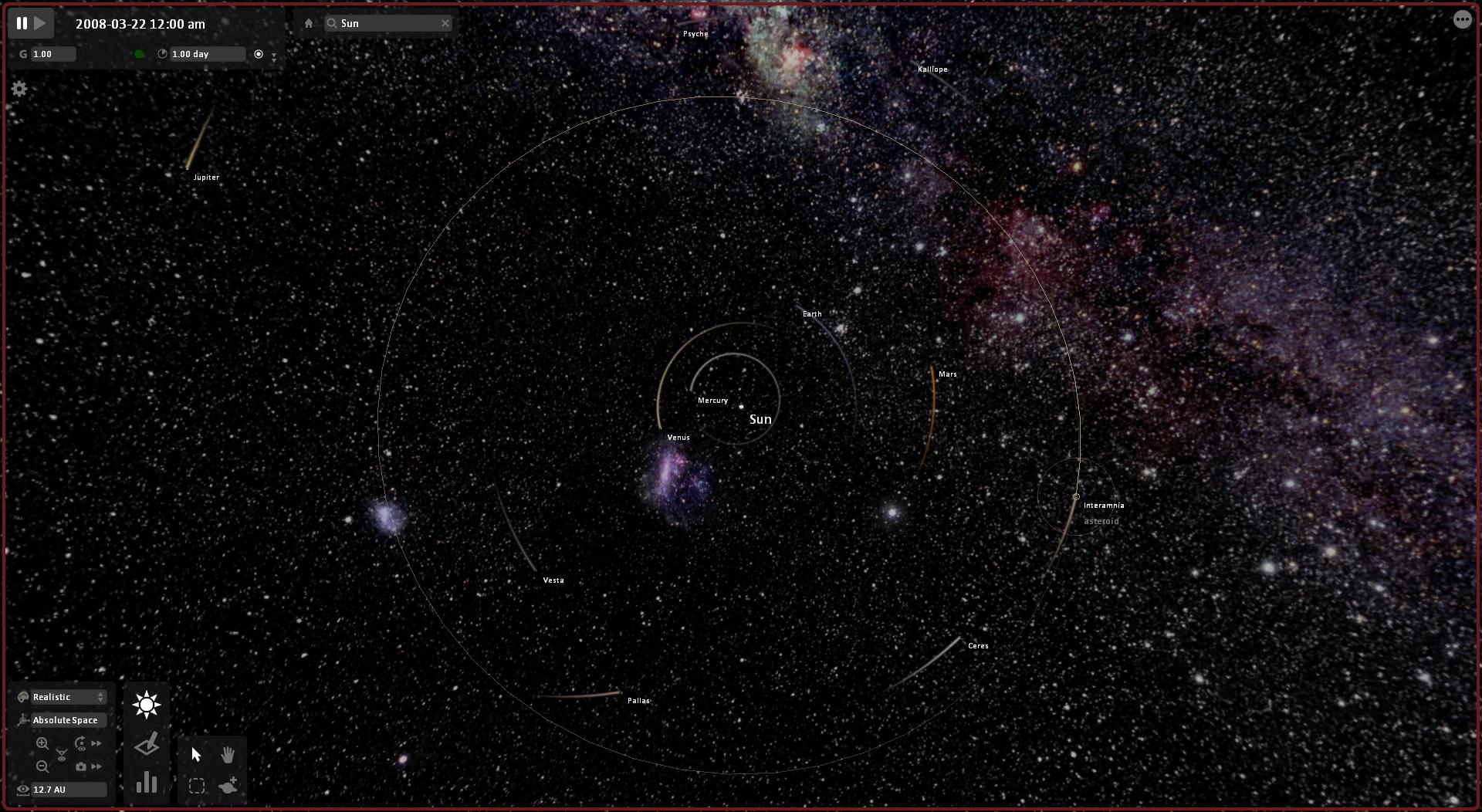
Now, here is what it would look like if we replaced the sun with Betelgeuse:
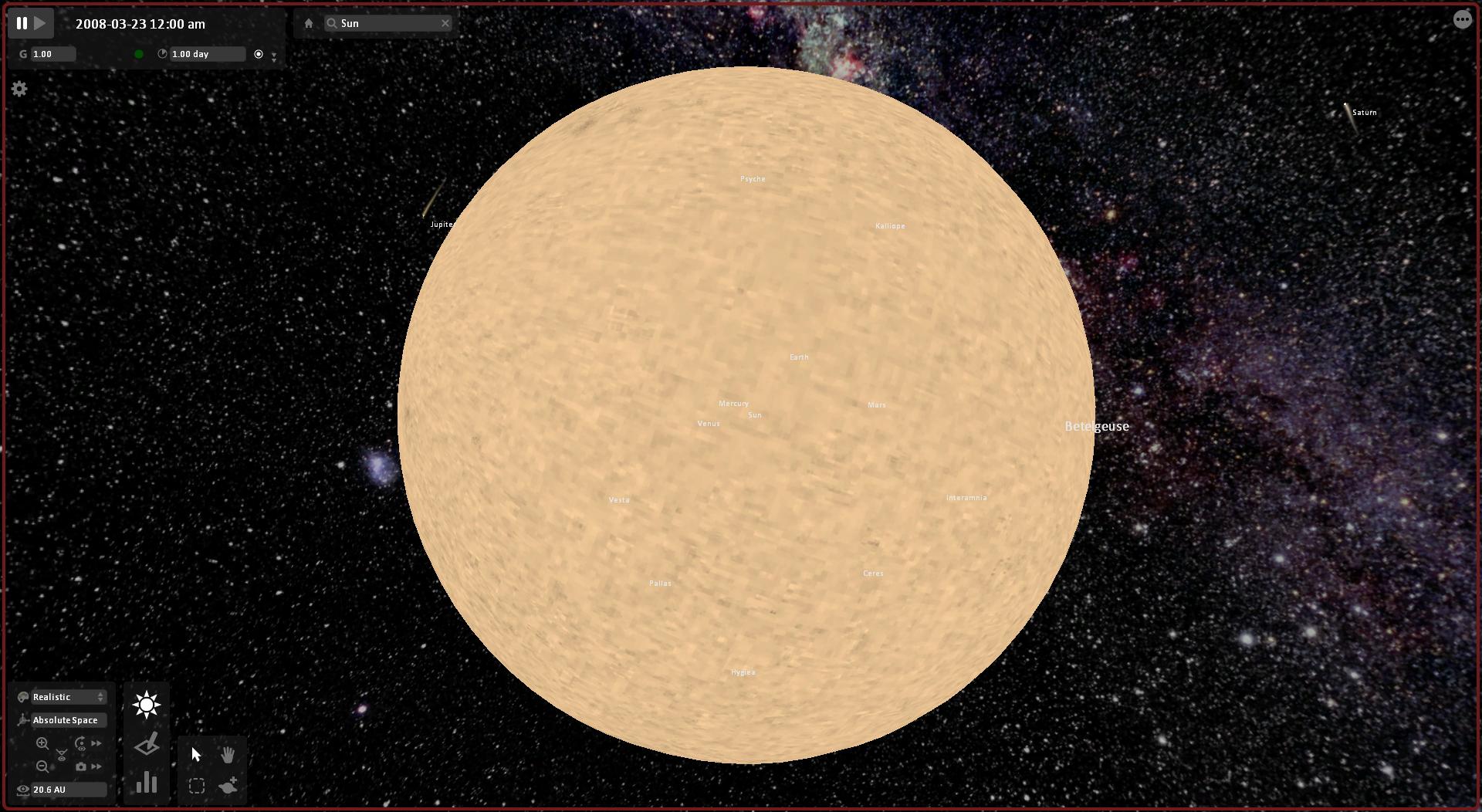
Oooooo. That's big.
So, how old is Betelgeuse? Since it's a red supergiant, it must be a very old star, right?
Well, it's old for a Class M supergiant. It's about 10 to 12 million years old.
Yes, you read that right, and it's not a typo by me. Betelgeuse is only 10 to 12 million years old. Class M supergiants with the same mass as Betelgeuse only exist for about 10 million years or so as a Main Sequence star, and is now at the end of it's life. Because of it's huge mass, it burns it's hydrogen fuel at a incredible rate, and kills itself early on, as compared to a much lower mass star like our sun (class "G") which stays on the Main Sequence for billions of years.
So it will most likely go Supernova soon.
Oh, but don't hold your breath. "Soon" to astronomers is sometime in the next million years or so.
Betelgeuse is well known in pop culture too:
Author Douglas Adams in his book "Hitchhiker's Guide" refered to one of his main characters being "from the vicinity of Betelgeuse".

Beetlejuice is also the name of a popular 80's movie by Tim Burton. Staring Michael Keaton, unlike the tittle, his character's name in the movie is actually spelled "Betelgeuse" like the star.

------------------
Rigel is next on the list and is the brightest star in the constellation, and the 7th brightest star in our skies.
Riglel is a blue supergiant that is actually a triple star system. The bright star we see with our naked eyes, Rigle is designated as "Rigel A" in it's own system, with two much dimmer blue white stars known as Rigel B.
Rigel itself being a Spectral Class "B" star, outshines our sun by 130,000 times. It is 18 times more massive than our sun, and has a radius that is 74 times bigger than our sun.
This is what it would look like if we replaced our sun with Rigel:
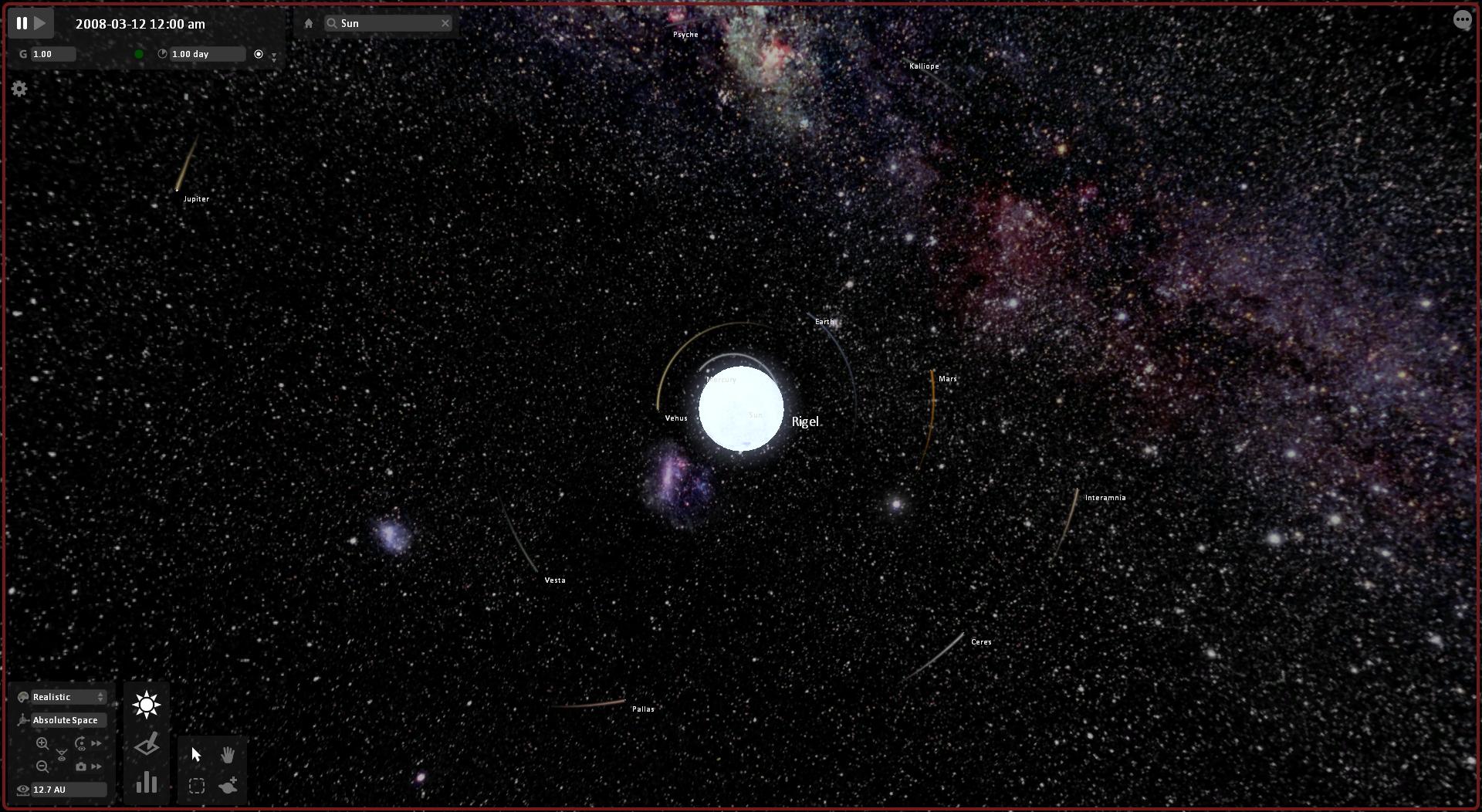
Earth's surfact temperature would be at 5,756 deg C....but not for long, as it would quickly be pulled into Rigel.
Rigel has been used in pop culture quite a bit, especially in Star Trek,
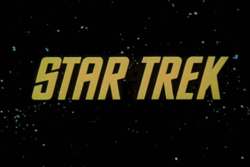
Also in comic books and even computer games such as Star Control II,

Duke Nukem II,

and even Frontier: Elite II

-------------------
Bellatrix is next, and may be a name you are familiar with from the Harry Potter series as one of the characters in J.K. Rowling's books is named Bellatrix Lestrange:

Bellatrix is a Spectral Class "B" star that is blue white. It has 8.4 times the mass of our sun, and is about 6 times bigger than our sun in size. It is VERY hot with a surface temperature of about 22,000 K (our own sun is at 5,778 K). Our planet would be a burned cinder if we were to replace the sun with Bellatrix.
As with the other stars in Orion, Bellatrix is about 20 million years old., and is the closest of all the stars in Orion to us.
Another piece of trivia: Bellatrix was the star system that the astronauts in the original 1968 film "Planet Of The Apes" were trying to reach, and when they crashed, actually thought they were there:

-------------------------
Mintaka is next, and is one of the "Belt" stars of Orion's Belt.
Mintaka is a multiple star system consisting of 4 stars, with the main two stars visible to us. Mintaka A, a Class "B" star, and Mintaka B, a Class "O" star.
Both stars mass 20 times bigger than our sun, and are about 15 times larger in size than our sun.
Mintaka was featured in an episode of Star Trek: TNG:

and during World War 2, the U.S. Navy had a cargo ship named after the star, the USS Mintaka AK94.

-----------------
Alnilam is the next "Belt" star.
Alnilam is a Spectral Class "B" star that is 30 times bigger than our sun. It is the most distant of the 7 brightest stars of Orion, and while it does not appear as the brightest in the constellation, it is the most luminous of them, outshining our sun by 375,000 times brighter.
It's surface temperature is 26,000 K.
----------------------
Alnitak is the last of the three "Belt" stars of Orion.
It is a triple star system, the primary being a Spectral Class "O" (and is the brightest Class O star in the night sky).
Alnitak has 27 times the mass of our sun, and is 19 times bigger than our sun. It also outshines our sun by 180,000 times with a surface temperature of 28,000 K.
This star is a bit famous as right next to it are the Flame Nebula and just below it is the Horse Head Nebula:
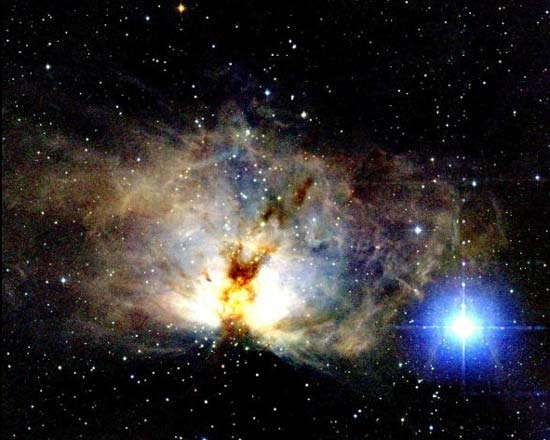
The U.S. Navy also had another World War 2 ship named after this star, the USS Alnitak AK-127, a cargo carrier.
The original Star Trek series featured it's episode "The City on the Edge of Forever", in which Captain Kirk struggles to recall a book written around 2030 from a author who was from "a planet circling that far left star in Orion's Belt":
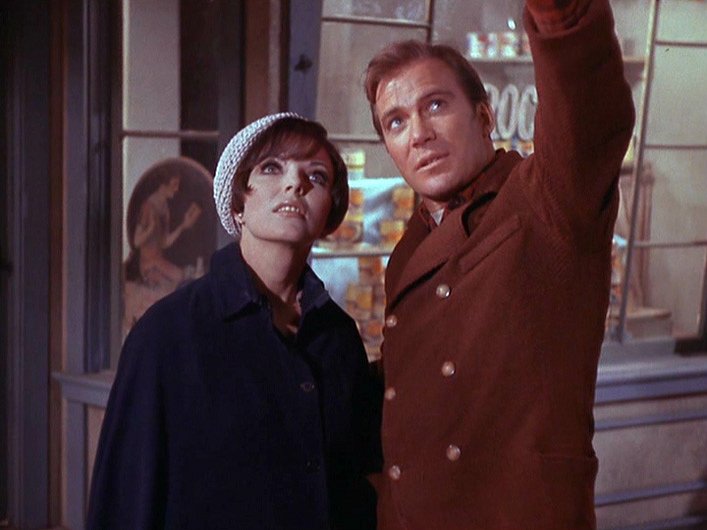
--------------------
Last of the seven brightest stars of Orion is Saiph.
Saiph is a Spectral Class "B" supergiant star. It has 15 times more mass than our sun, and is 22 times bigger than our sun, with a surface temperature of 26,500 K, and is about 11 million years old.
-------------------
So some interesting things to note about these 7 stars of Orion:
1) They are all supergiants, much bigger than our sun, much hotter, much brighter.
2) They are all very young compared to our sun, each being under 20 million years old.
3) Being supergiant stars, they have much shorter lifespans than our sun, measured in only tens of millions of years.
4) No planets have been detected around these stars, and planet formation around them is highly unlikely due to the speed of their stellar winds, which not only casts large amounts of mass from themselves, but tend to "blow away" any left over stellar medium that would normally result in the formation of planets.
5) The majority of these stars will end their lives as a Type II Supernova.
-----------------
We could most likely move on and talk about other objects that are in the Orion Constellation like the Orion Nebula and the Horse Head Nebula, but each of those objects really rate a thread of their own, considering the complexity of each object.
So for now, I hope you enjoyed learning a bit more about this very famous constellation, even if only some trivia from it, and please, when you go out at night, look up and enjoy it. I know I do everytime I see it, like greeting a old friend.
Casting a redish-orange hue, it's very distinct in our constellation as compared to the other stars, due to it's color.
At 643 lightyears away, is has a very large radius compared to our sun. To help give you an idea of how big it is, (most common measurement is 667 solar radii), here is a picture of our solar system with the sun:

Now, here is what it would look like if we replaced the sun with Betelgeuse:

Oooooo. That's big.
So, how old is Betelgeuse? Since it's a red supergiant, it must be a very old star, right?
Well, it's old for a Class M supergiant. It's about 10 to 12 million years old.
Yes, you read that right, and it's not a typo by me. Betelgeuse is only 10 to 12 million years old. Class M supergiants with the same mass as Betelgeuse only exist for about 10 million years or so as a Main Sequence star, and is now at the end of it's life. Because of it's huge mass, it burns it's hydrogen fuel at a incredible rate, and kills itself early on, as compared to a much lower mass star like our sun (class "G") which stays on the Main Sequence for billions of years.
So it will most likely go Supernova soon.
Oh, but don't hold your breath. "Soon" to astronomers is sometime in the next million years or so.
Betelgeuse is well known in pop culture too:
Author Douglas Adams in his book "Hitchhiker's Guide" refered to one of his main characters being "from the vicinity of Betelgeuse".

Beetlejuice is also the name of a popular 80's movie by Tim Burton. Staring Michael Keaton, unlike the tittle, his character's name in the movie is actually spelled "Betelgeuse" like the star.

------------------
Rigel is next on the list and is the brightest star in the constellation, and the 7th brightest star in our skies.
Riglel is a blue supergiant that is actually a triple star system. The bright star we see with our naked eyes, Rigle is designated as "Rigel A" in it's own system, with two much dimmer blue white stars known as Rigel B.
Rigel itself being a Spectral Class "B" star, outshines our sun by 130,000 times. It is 18 times more massive than our sun, and has a radius that is 74 times bigger than our sun.
This is what it would look like if we replaced our sun with Rigel:

Earth's surfact temperature would be at 5,756 deg C....but not for long, as it would quickly be pulled into Rigel.
Rigel has been used in pop culture quite a bit, especially in Star Trek,

Also in comic books and even computer games such as Star Control II,

Duke Nukem II,

and even Frontier: Elite II

-------------------
Bellatrix is next, and may be a name you are familiar with from the Harry Potter series as one of the characters in J.K. Rowling's books is named Bellatrix Lestrange:

Bellatrix is a Spectral Class "B" star that is blue white. It has 8.4 times the mass of our sun, and is about 6 times bigger than our sun in size. It is VERY hot with a surface temperature of about 22,000 K (our own sun is at 5,778 K). Our planet would be a burned cinder if we were to replace the sun with Bellatrix.
As with the other stars in Orion, Bellatrix is about 20 million years old., and is the closest of all the stars in Orion to us.
Another piece of trivia: Bellatrix was the star system that the astronauts in the original 1968 film "Planet Of The Apes" were trying to reach, and when they crashed, actually thought they were there:

-------------------------
Mintaka is next, and is one of the "Belt" stars of Orion's Belt.
Mintaka is a multiple star system consisting of 4 stars, with the main two stars visible to us. Mintaka A, a Class "B" star, and Mintaka B, a Class "O" star.
Both stars mass 20 times bigger than our sun, and are about 15 times larger in size than our sun.
Mintaka was featured in an episode of Star Trek: TNG:

and during World War 2, the U.S. Navy had a cargo ship named after the star, the USS Mintaka AK94.

-----------------
Alnilam is the next "Belt" star.
Alnilam is a Spectral Class "B" star that is 30 times bigger than our sun. It is the most distant of the 7 brightest stars of Orion, and while it does not appear as the brightest in the constellation, it is the most luminous of them, outshining our sun by 375,000 times brighter.
It's surface temperature is 26,000 K.
----------------------
Alnitak is the last of the three "Belt" stars of Orion.
It is a triple star system, the primary being a Spectral Class "O" (and is the brightest Class O star in the night sky).
Alnitak has 27 times the mass of our sun, and is 19 times bigger than our sun. It also outshines our sun by 180,000 times with a surface temperature of 28,000 K.
This star is a bit famous as right next to it are the Flame Nebula and just below it is the Horse Head Nebula:

The U.S. Navy also had another World War 2 ship named after this star, the USS Alnitak AK-127, a cargo carrier.
The original Star Trek series featured it's episode "The City on the Edge of Forever", in which Captain Kirk struggles to recall a book written around 2030 from a author who was from "a planet circling that far left star in Orion's Belt":

--------------------
Last of the seven brightest stars of Orion is Saiph.
Saiph is a Spectral Class "B" supergiant star. It has 15 times more mass than our sun, and is 22 times bigger than our sun, with a surface temperature of 26,500 K, and is about 11 million years old.
-------------------
So some interesting things to note about these 7 stars of Orion:
1) They are all supergiants, much bigger than our sun, much hotter, much brighter.
2) They are all very young compared to our sun, each being under 20 million years old.
3) Being supergiant stars, they have much shorter lifespans than our sun, measured in only tens of millions of years.
4) No planets have been detected around these stars, and planet formation around them is highly unlikely due to the speed of their stellar winds, which not only casts large amounts of mass from themselves, but tend to "blow away" any left over stellar medium that would normally result in the formation of planets.
5) The majority of these stars will end their lives as a Type II Supernova.
-----------------
We could most likely move on and talk about other objects that are in the Orion Constellation like the Orion Nebula and the Horse Head Nebula, but each of those objects really rate a thread of their own, considering the complexity of each object.
So for now, I hope you enjoyed learning a bit more about this very famous constellation, even if only some trivia from it, and please, when you go out at night, look up and enjoy it. I know I do everytime I see it, like greeting a old friend.
Great thread!!
By far my favourite constellation too!
Nice one!
By far my favourite constellation too!
Nice one!
Excellent! I love to read about other stars. It's just crazy to think how big something can truly be. I'm always speechless when it comes to items
like that. Nice thread!
Orion is one of my favorite subjects to photograph! Thank you for some more trivia I was unaware of on this magnificent constellation!
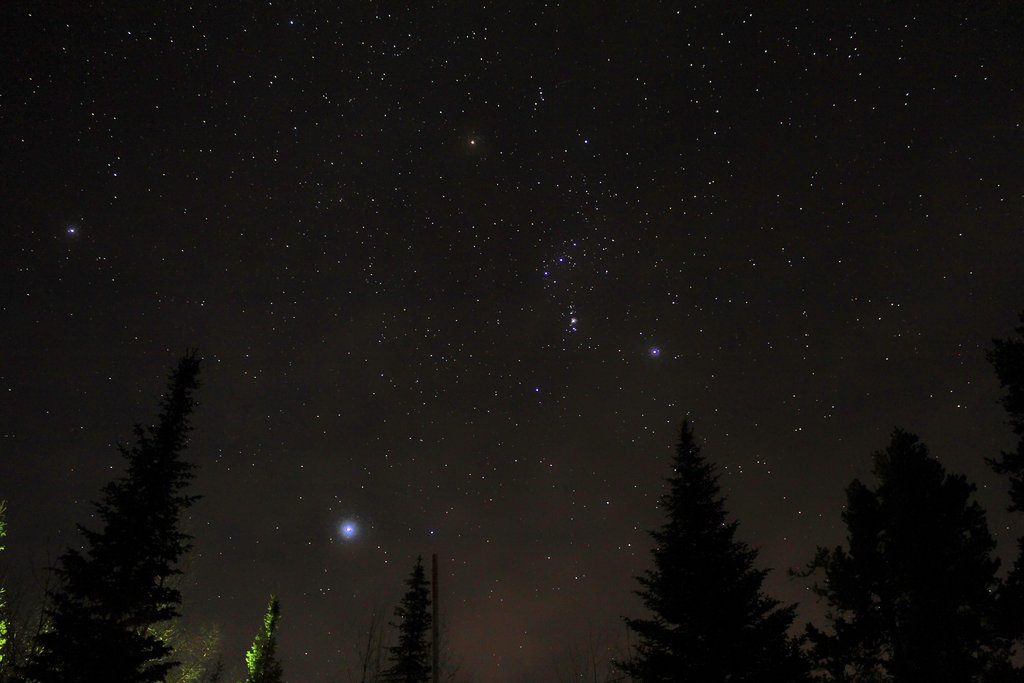

Excellent thread thank you.. these type of well written informative threads are the reason I use this site and they are becomingba real rarity these
days.. well done star and flag
If that effort doesn't deserve a star and flag
I don't know what does
Great thread
I have star that was bought for me as a present near by at
RA 05h 12m 31.15s D-11degrees 16'
Named Us
Cody
I don't know what does
Great thread
I have star that was bought for me as a present near by at
RA 05h 12m 31.15s D-11degrees 16'
Named Us
Cody
edit on 2/12/13 by cody599 because: (no reason given)
reply to post by eriktheawful
Nice thread erik s&f here is an edited picture of M42 from a post I did on the astrophotography thread.
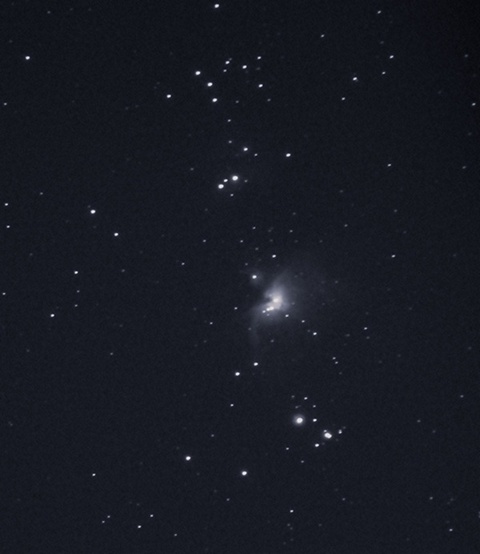
For anyone interested this was done using 15 pictures stacked in Deep Sky Stacker the exposure details
Taken using a 70-300mm zoom at 210mm ,each 2 sec at f4.5 1600 iso then a little tweaking came out quite well as it's from my back garden with 150 houses and street lights around it.
Nice thread erik s&f here is an edited picture of M42 from a post I did on the astrophotography thread.

For anyone interested this was done using 15 pictures stacked in Deep Sky Stacker the exposure details
Taken using a 70-300mm zoom at 210mm ,each 2 sec at f4.5 1600 iso then a little tweaking came out quite well as it's from my back garden with 150 houses and street lights around it.
edit on 2-12-2013 by wmd_2008 because: (no reason given)
reply to post by eriktheawful
Easily my favorite group of stars to gaze at. I only wish I had the chance to see them away from the lights of a city. Certainly a well done thread, I think fewer of these are being done since they changed to format. I appreciate the time and effort that you put into sharing this information and pictures with us. I have a hard time believing that we really have any way to quantify the age of any stars though, but heck what does it matter, a million or billion, either way I take specific facts with a huge grain of salt. Still, I love looking at it from any hemisphere.
Easily my favorite group of stars to gaze at. I only wish I had the chance to see them away from the lights of a city. Certainly a well done thread, I think fewer of these are being done since they changed to format. I appreciate the time and effort that you put into sharing this information and pictures with us. I have a hard time believing that we really have any way to quantify the age of any stars though, but heck what does it matter, a million or billion, either way I take specific facts with a huge grain of salt. Still, I love looking at it from any hemisphere.
well its your fault,, made me say it 3 times,,
nice pics
now has music ,,
,,,,
Very nice thread! Very interesting. Thank you for your effort.
Great thread, and my favourite constellation!
All those nebulae in Orion aren't separate things, though. They're all part of the gigantic Orion Molecular Cloud Complex.
What appears as dark sky to us, with a few nebulae here and there, is actually a sprawling complex of interstellar gas and dust that has been created by supernovaed and shaped by the stellar wind, gravity, and magnetic fields.
Sometimes I wish we could expand our pupils were the size of the Hubble or VLT, and see the night sky how it really is.
[Edit] Here's my image of Orion nebula:
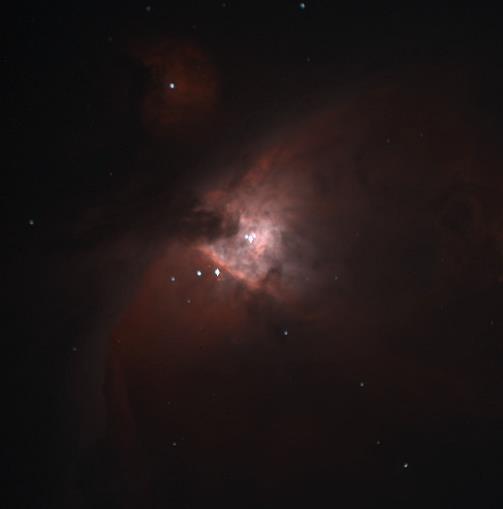
Made from images taken by the Bradford Robotic Telescope using Ha and OIII filters. www.telescope.org...
120s Ha / 120s OIII
All those nebulae in Orion aren't separate things, though. They're all part of the gigantic Orion Molecular Cloud Complex.
What appears as dark sky to us, with a few nebulae here and there, is actually a sprawling complex of interstellar gas and dust that has been created by supernovaed and shaped by the stellar wind, gravity, and magnetic fields.
Sometimes I wish we could expand our pupils were the size of the Hubble or VLT, and see the night sky how it really is.
[Edit] Here's my image of Orion nebula:

Made from images taken by the Bradford Robotic Telescope using Ha and OIII filters. www.telescope.org...
120s Ha / 120s OIII
edit on 3-12-2013 by wildespace because: (no reason given)
soulpowertothendegree
reply to post by eriktheawful
Easily my favorite group of stars to gaze at. I only wish I had the chance to see them away from the lights of a city. Certainly a well done thread, I think fewer of these are being done since they changed to format. I appreciate the time and effort that you put into sharing this information and pictures with us. I have a hard time believing that we really have any way to quantify the age of any stars though, but heck what does it matter, a million or billion, either way I take specific facts with a huge grain of salt. Still, I love looking at it from any hemisphere.
Actually, you are correct in that no astronomer can take a single star and declare what it's exact age is.
Instead, what astronomers do is take a look a groups of stars and look at their spectral analysis to see what they are made of, then see if there is a region that they came from that is like a stellar nursery.
Given the distance of the star from the place it was born, and knowing how fast it is moving (as all stars are moving, like our sun is moving around the center of the Milky Way), also helps calculate the stars age.
Then there is knowing how nuclear fusion works, the rate of fusion given the amount of mass the star has (more mass, the higher the rate of fusion, the higher the rate of fusion, the hotter and blue the star becomes....and of course runs out of fuel faster, so lives shorter).
So while we can't know a star's exact age, we do have ways of getting a pretty good ballpark estimate.
reply to post by abeverage
You should post that in the Astropic sticky topic on here if you have not already!
You should post that in the Astropic sticky topic on here if you have not already!
reply to post by eriktheawful
Sure and science is just always so accurate...come on...just because a science has a theory and a formula doesn't make it right or even close.
Sure and science is just always so accurate...come on...just because a science has a theory and a formula doesn't make it right or even close.
reply to post by eriktheawful
thanx for this very nice thread , i remember when i was a kid i had a refractor telescope and enjoyed watching Orion and of course as well as the planets and the moon
thanx for this very nice thread , i remember when i was a kid i had a refractor telescope and enjoyed watching Orion and of course as well as the planets and the moon
soulpowertothendegree
reply to post by eriktheawful
Sure and science is just always so accurate...come on...just because a science has a theory and a formula doesn't make it right or even close.
Really?
So then if we have a formula like Ke=1/2(mv^2), which means the amount of kinetic energy is equal to the mass of an object multiplied to it's velocity squared and then divided by 2, that we can't show the amount of energy released when a car going 60 Mph slams into a wall? Or when a bullet hits an object, I can't show how far back that object will be moved? (that last one is a classic problem in high school physics).
Or if I have a formula like I=E/R which is the amount of current of electricity is equal to the voltage divided by the resistance, that there is no way I can know the amount of resistance a heating element may have based upon the mount of voltage I apply and the current flowing through it?
So you are saying that spectral science is false or does not work? That there is no way for us to tell what a star is made of based upon it's light? If that's true, then we have a really big problem in that forensic science uses mass specs to determine what substances are found at a crime scene and can either help prove a person's guilt (or innocence).
So we don't really know anything about nuclear fission or fusion? That all the nuclear reactors we have were not really built based upon theoretic knowledge and experiments from a long time ago, do not really work the way science says that they do?
That all the formulas for orbital mechanics are not able to show how a object with mass reacts in a gravitational field? Ah, I guess that we don't know how to put satellites in orbit then, and the communications system that we use for the internet which we are communicating with right now is wrong......so then how are we communicating?
Better yet....the electronic devices that you and I are using are made from electronic components all designed from the science and theories developed long ago......and if they were not right....then how did these devices come about? Guess work?
Someone better tell my freezer that it can't freeze food because physics involved in compressing a certain gas that makes it cold, that the laws of thermal conservation that were theories at first are not right so that heat exchanger in it can not remove the warm air in it (making it cold inside) or the electricity that is used to run this equipment had better stop, because electrical physics is wrong too.
So basically, I should tell physics that there is no way I can be accelerating towards the ground when I fall off my roof, because the laws of gravity can't be right, and tell my leg bone that there is no way it can break because there is no way the mass of my body could have accumulated that amount of energy based upon it's mass and velocity and suddenly stopping when I hit the ground, that I should tell my car my wife uses to drive me to the hospital can not be working because theories on how chemicals, gases and electricity react is wrong, and Newton's laws of motion are completely off base. That when I get to the hospital and have the leg x-rayed, that I should tell the doctor there is NO way he can see inside my leg because the physics of how electromagnetic energy works is completely wrong too, that he shouldn't be giving me a pain killer and setting my leg because there is no way biochemistry will allow that medicine to numb my leg, and biology is wrong because there is no way that my set leg will heal itself......
Right?
You are entitled to your opinion of course. But what you are saying sounds more like something you believe in and have faith in.
Not something that you have observational data, theoretical formulas and experimental data to show.
reply to post by eriktheawful
Very nice thread buddy, good work. I love Orion. I also love the epic song by Metallica too. ~$heopleNation
Very nice thread buddy, good work. I love Orion. I also love the epic song by Metallica too. ~$heopleNation
new topics
-
Ireland VS Globalists
Social Issues and Civil Unrest: 4 minutes ago -
Biden "Happy To Debate Trump"
Mainstream News: 35 minutes ago -
RAAF airbase in Roswell, New Mexico is on fire
Aliens and UFOs: 44 minutes ago -
What is the white pill?
Philosophy and Metaphysics: 2 hours ago -
Mike Pinder The Moody Blues R.I.P.
Music: 2 hours ago -
Putin, Russia and the Great Architects of the Universe
ATS Skunk Works: 6 hours ago -
A Warning to America: 25 Ways the US is Being Destroyed
New World Order: 10 hours ago
top topics
-
President BIDEN's FBI Raided Donald Trump's Florida Home for OBAMA-NORTH KOREA Documents.
Political Conspiracies: 16 hours ago, 34 flags -
A Warning to America: 25 Ways the US is Being Destroyed
New World Order: 10 hours ago, 18 flags -
Mike Pinder The Moody Blues R.I.P.
Music: 2 hours ago, 7 flags -
What is the white pill?
Philosophy and Metaphysics: 2 hours ago, 5 flags -
RAAF airbase in Roswell, New Mexico is on fire
Aliens and UFOs: 44 minutes ago, 4 flags -
Is AI Better Than the Hollywood Elite?
Movies: 17 hours ago, 4 flags -
Biden "Happy To Debate Trump"
Mainstream News: 35 minutes ago, 3 flags -
Putin, Russia and the Great Architects of the Universe
ATS Skunk Works: 6 hours ago, 2 flags -
Maestro Benedetto
Literature: 17 hours ago, 1 flags -
Ireland VS Globalists
Social Issues and Civil Unrest: 4 minutes ago, 0 flags
active topics
-
King Charles 111 Diagnosed with Cancer
Mainstream News • 322 • : Oldcarpy2 -
University of Texas Instantly Shuts Down Anti Israel Protests
Education and Media • 278 • : cherokeetroy -
Gaza Terrorists Attack US Humanitarian Pier During Construction
Middle East Issues • 80 • : Asher47 -
Ireland VS Globalists
Social Issues and Civil Unrest • 0 • : TimBurr -
Biden "Happy To Debate Trump"
Mainstream News • 6 • : KrustyKrab -
New whistleblower Jason Sands speaks on Twitter Spaces last night.
Aliens and UFOs • 73 • : pianopraze -
Meadows, Giuliani Among 11 Indicted in Arizona in Latest 2020 Election Subversion Case
Mainstream News • 27 • : IndieA -
RAAF airbase in Roswell, New Mexico is on fire
Aliens and UFOs • 3 • : Degradation33 -
What is the white pill?
Philosophy and Metaphysics • 14 • : kwaka -
Las Vegas UFO Spotting Teen Traumatized by Demon Creature in Backyard
Aliens and UFOs • 16 • : introufo2
